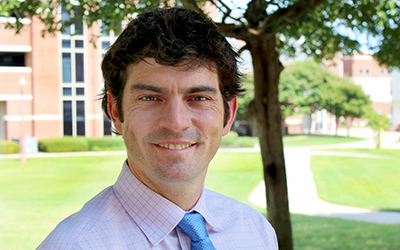In his book, The Nature and Destiny of [Humanity], Reinhold Niebuhr distinguishes between three different kinds of religious “identity” and “purpose” (my words). I see them closely corresponding to Soren Kierkegaard‘s three stages of life: the aesthetic, the ethical-moral, and the religious.
In the first place, there is the sensual life of indulgent self-interest. And lest we be too hard on this group, it should be acknolwedged that the “aesthetic” life can be quite civil and friendly. I think about the relative peace enjoyed by those who benefit, for example, from pax romana, or presently, pax america — that is, the economic and political stability established as a result of imperialism. It is a climate in which we are more or less free to pursue our own ambitions and dreams without too much interference, as long as we don’t harm anyone else and obey the law.
A second mode of existence is one that recognizes and strives to adhere to a higher moral law. Today we might actually reverse the Kierkegaardian language and call this mode the “religious” life. The religious life can be very good, and deeply prophetic. While it risks a great deal of self-righteousness, it also has the capacity to speak truth to power, criticize injustice and inspire generosity. This mode looks out for the disenfranchised. The trouble is that it can tend to miss the “log in its own eye.”
Thirdly, there is what Niebuhr calls the messianic consciousness, which is the properly Christian one for him. The key lesson from messianism is that we cannot achieve justice or be righteous on our own no matter how hard we try. Sin and egoism have so enslaved us as to make our good deeds no more than “filthy rags” before God’s throne, as Scripture says. Only a sinless, suffering servant can bring about the full redemption and peace we all long for…
***********
My friend Bo Sanders over at Homebrewed Christianity has become fond of talking about three different kinds of churches: the therapeutic, messianic and prophetic (he claims to get this from Cornell West and Slavoj Zizek). What’s so interesting to me, and what might already be clear, is the way that the messianic and the prophetic are switched so as to alter the Niebuhrian logic. On this reading, the prophetic is preferable to and “higher” than the messianic, because the messianic is cynically interpreted to be escapist and other-worldly — i.e., God cleaning up the mess for us, and our responsibility is proportionally shrunk as long as we’re counted among the “saved.”
Now, I think it’s possible to see that both series of depictions are getting at essentially the same thing, but each with slightly greater respective emphasis on one of two necessary components to the life of the church: namely, the messianic (merciful) and the prophetic (just). Jewish liberation theologian Marc Ellis was the person who first made the point to me about the problem with sheer messianism. Of course, the naive Christian in me at the time wanted to challenge him by replying with the weaknesses of strict propheticism, some of which have already been highlighted above. But actually I believe now that Ellis was right.
This is because Ellis also discusses the concept of revolutionary forgiveness. This is an especially useful motif with regard to political, ethnic and national reconciliation, but surely it can apply to interpersonal relationships as well. By this phrase, Ellis means first that no one gets to claim innocence for themselves. Once all parties agree to this, then there can be some healing and transformation toward a better future, and — I would venture to say — toward salvation itself, which is always messianic and prophetic.




Recent Comments
MegaMAGAloveUSA!
"Lord God Almighty, please let us Christians wake up with empathy, compassion and ..."
MegaMAGAloveUSA!
"Thank you. Trying to learn a way through this all. CHRISTIANS ..."
Deb
"Thank you for this important critique of JHY's theology of the cross lived ..."
ReaderV
"There is no doubt abortion is tragic . I don't believe anyone ever ..."
Sandra
"Wow!!! I love this guy! Peacemaking is so dear to my ..."